Selected Theme: Nutritional Tips for Optimal Fitness Performance
Fueling Foundations: Macros That Move You
Protein Timing That Builds Without Bloat
Aim for 0.3 g/kg high-quality protein per meal, spreading intake across the day to support muscle repair. Think 20–40 grams featuring leucine-rich sources like dairy, eggs, lean meats, or soy. One lifter told us evenly spaced meals finally ended late-night cravings and morning soreness.
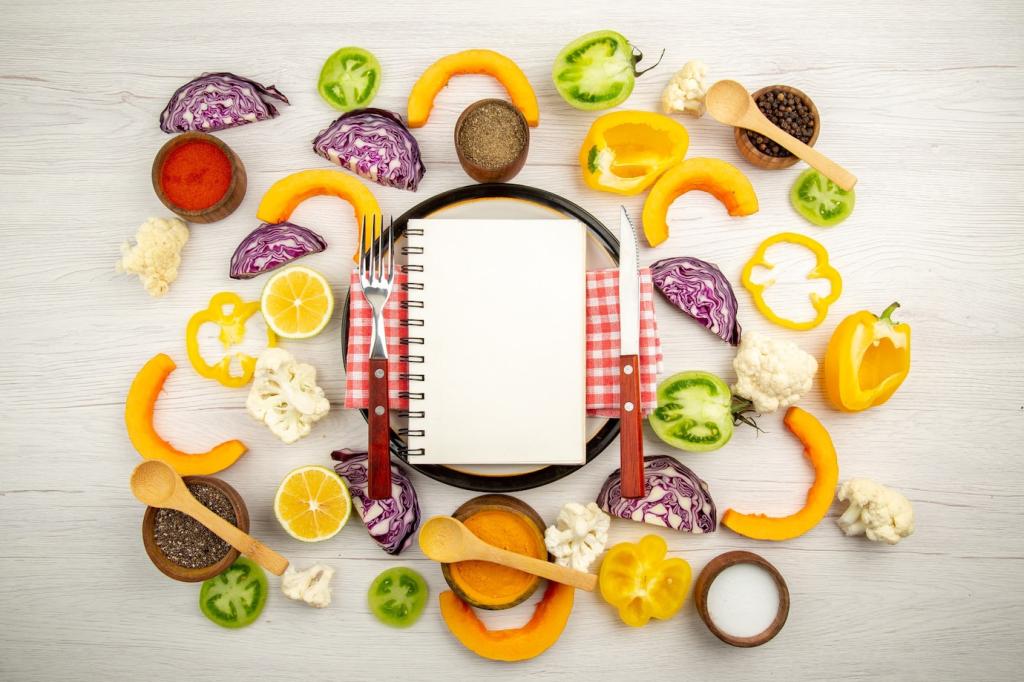

Carbohydrate Periodization for Smarter Sessions
Match carbs to training demand: more on intense or long days, fewer on recovery days. This keeps glycogen high when it matters and supports metabolic flexibility. A 10K runner improved tempo sessions by shifting oats and fruit to pre-run and potatoes to post-run.

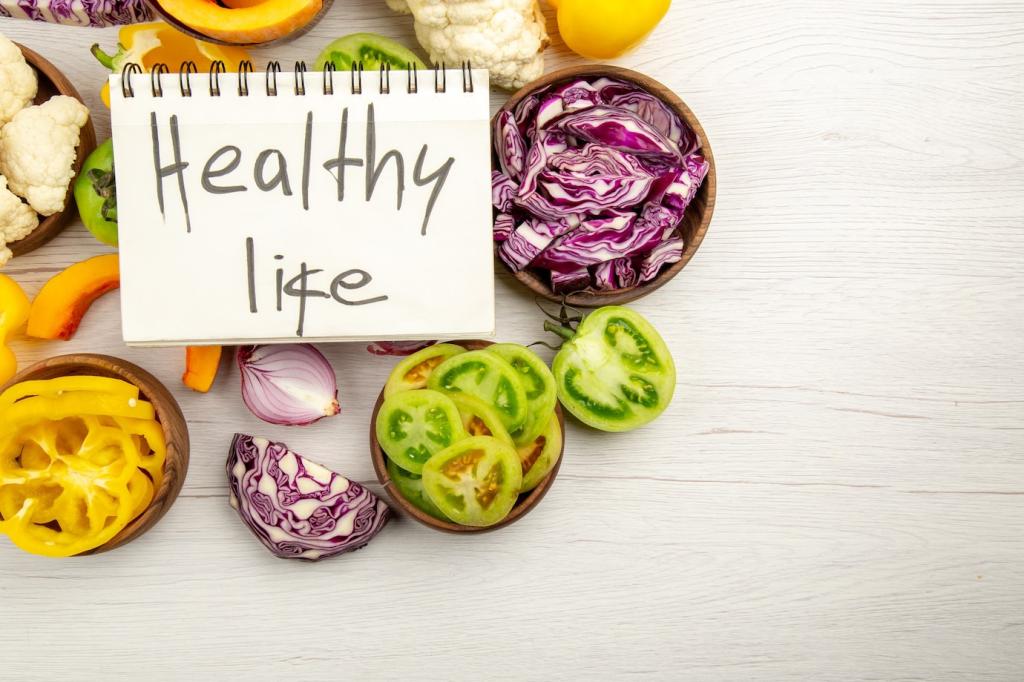
Hydration That Holds Up Under Heat
Sodium replacement typically ranges from 300–800 mg per hour, climbing toward 1000 mg for salty sweaters or hot conditions. Signs of imbalance include headaches, muscle cramps, foggy thinking, or swollen fingers. Add measured electrolytes instead of guessing, especially during back-to-back training days.
Hydration That Holds Up Under Heat
Pre-hydrate with 5–7 ml/kg about four hours before, then sip another 2–3 ml/kg if urine is dark. During, aim for 0.4–0.8 liters per hour based on sweat rate and climate. After, replace 150% of fluid lost with added sodium to normalize plasma volume and speed recovery.
Pre-Workout Nutrition: Arrive Primed, Not Heavy
Three to four hours pre-workout, eat a balanced meal with carbs, lean protein, and low-fiber vegetables. Sixty to ninety minutes out, choose a carb-forward snack like toast with honey or a banana. Ten to fifteen minutes before, a small gel or chews can top off energy without gut overload.
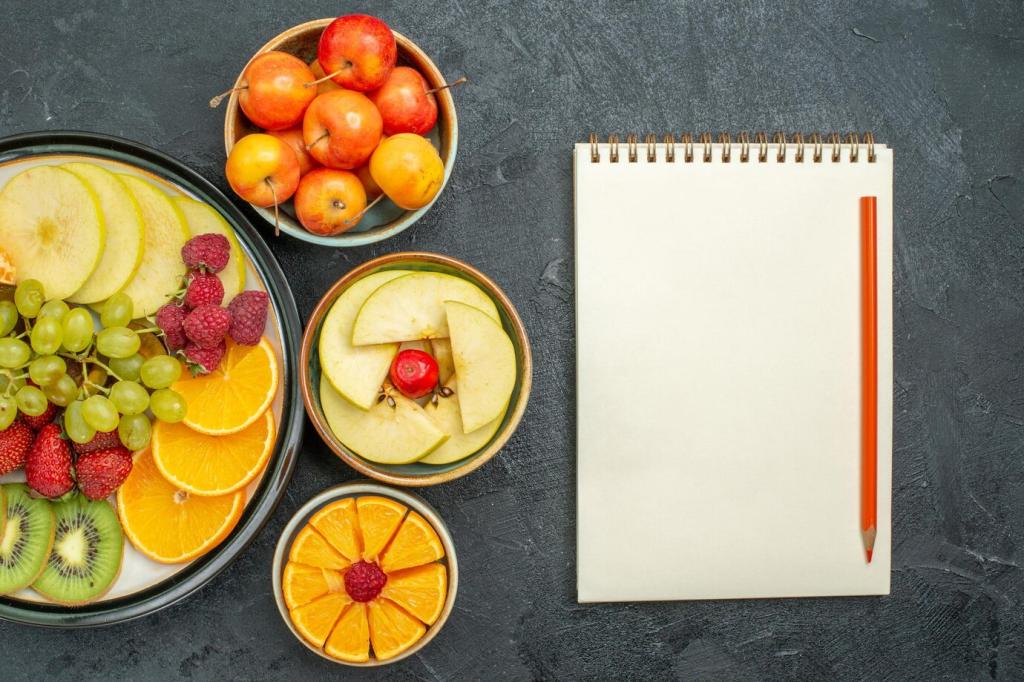
Intra-Workout Fueling for Strength and Endurance
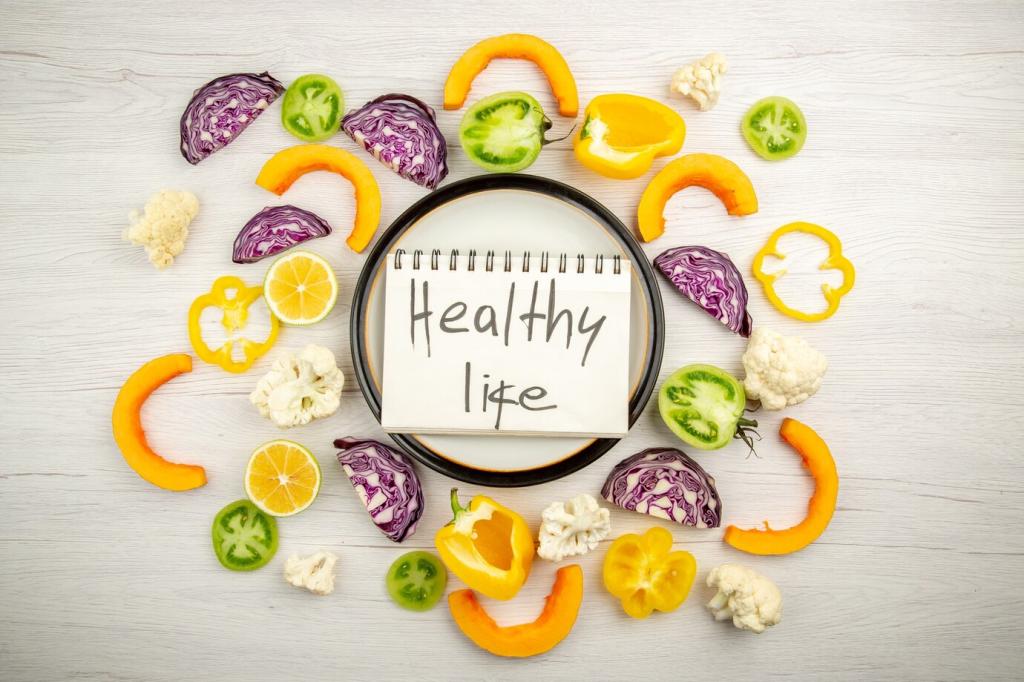
Carb Targets by Duration and Intensity
Under sixty minutes, water may suffice. For sixty to ninety minutes, target around 30 grams of carbs per hour. Between ninety minutes and two and a half hours, push toward 45–60 grams. Ultra-endurance athletes can train up to 60–90 grams or even 100 grams per hour with careful progression.
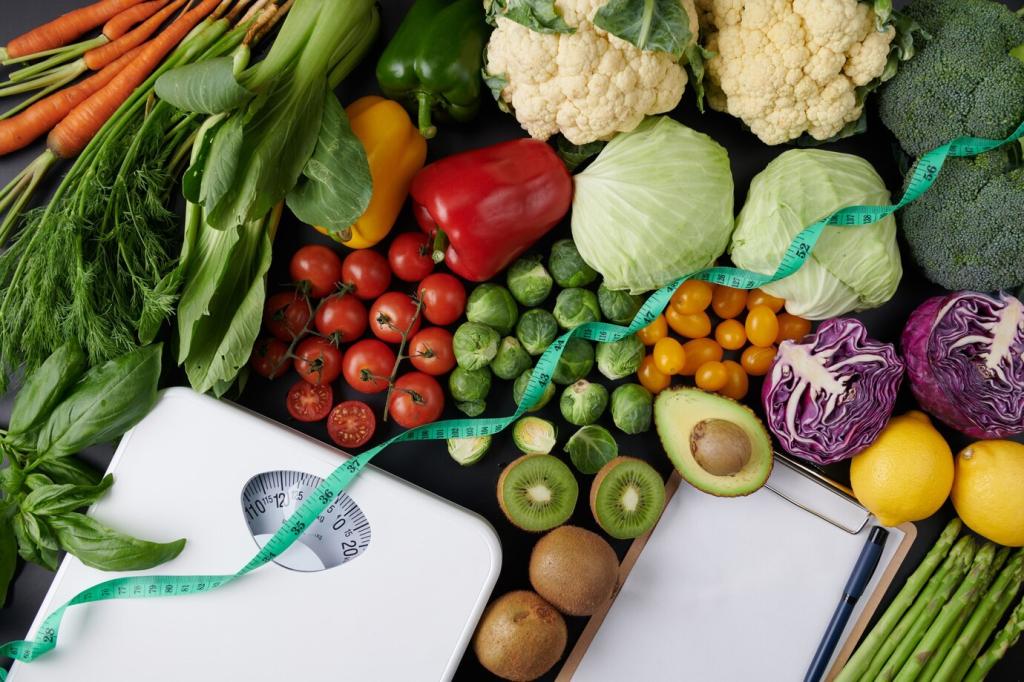
Glucose + Fructose: Use the Dual Lane
Leverage multiple transportable carbohydrates to increase uptake and reduce gut strain. Ratios like 1:0.8 or 2:1 glucose to fructose work well. Mix gels, drink mixes, or real foods such as bananas and soft dried fruit. Practice combinations so your stomach stays calm on big days.

Prevent GI Distress Before It Starts
Avoid novel fibers or heavy fats before hard sessions, keep sips steady, and mind drink concentration. Include sodium to aid absorption and thirst regulation. Test your plan in training gear, pace, and temperature. Consistency turns mysterious stomach issues into predictable, manageable variables.



Batch-Cook Building Blocks
Cook proteins like chicken thighs, tofu, or lentils; a pot of grains; and a tray of roasted vegetables. Add an easy sauce—tahini, salsa, or pesto—for flavor. Assemble combos in minutes, hitting carbs, protein, and color without resorting to last-minute fast food decisions.
A Grocery List That Maps to Your Week
Shop the perimeter for produce, proteins, and dairy, then grab performance extras: oats, rice, canned fish, nut butter, and electrolyte tabs. Double up on quick fruit and portable snacks. Planning your list around training intensity keeps fuel aligned with the hardest sessions.
Travel and Race-Weekend Survival
Pack shelf-stable carbs, single-serve protein, and electrolyte sticks. Scout grocery stores near your hotel, and bring a collapsible bottle. A kettle enables oatmeal, instant rice, or couscous. Share your travel hacks in the comments and subscribe for a printable checklist before your next big event.

